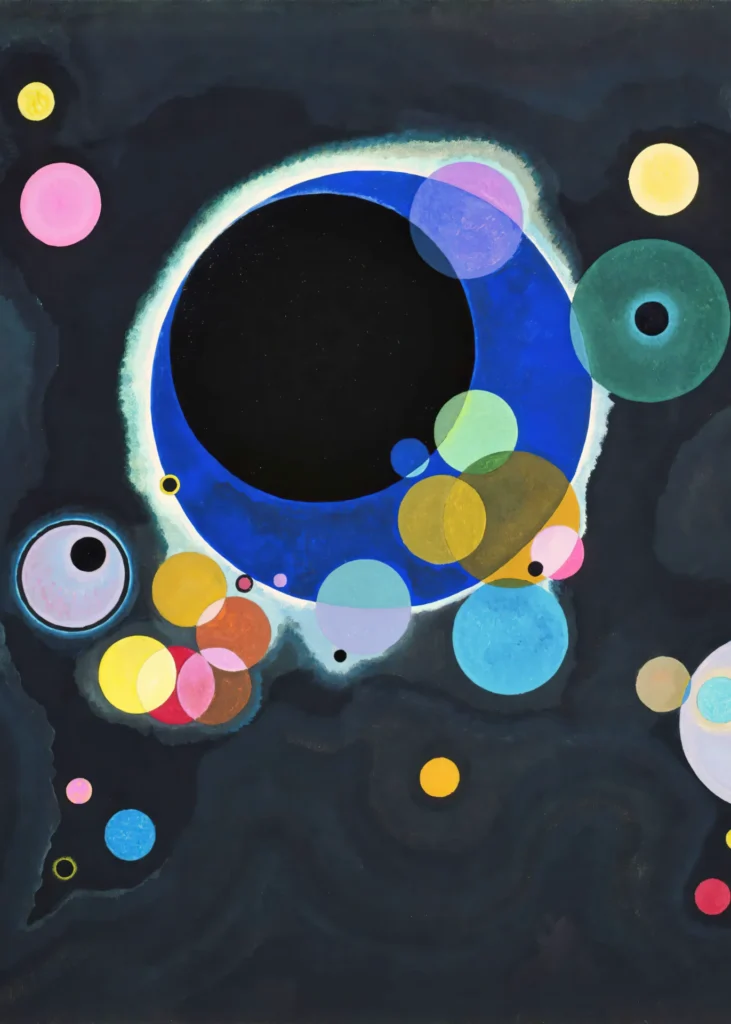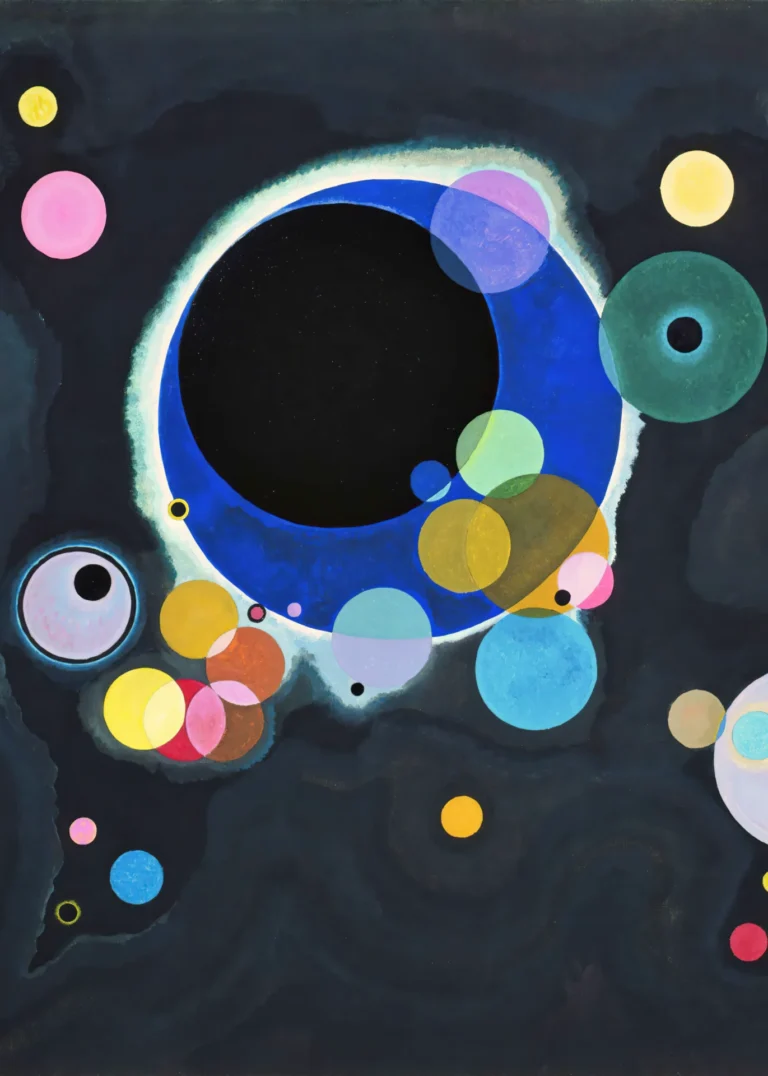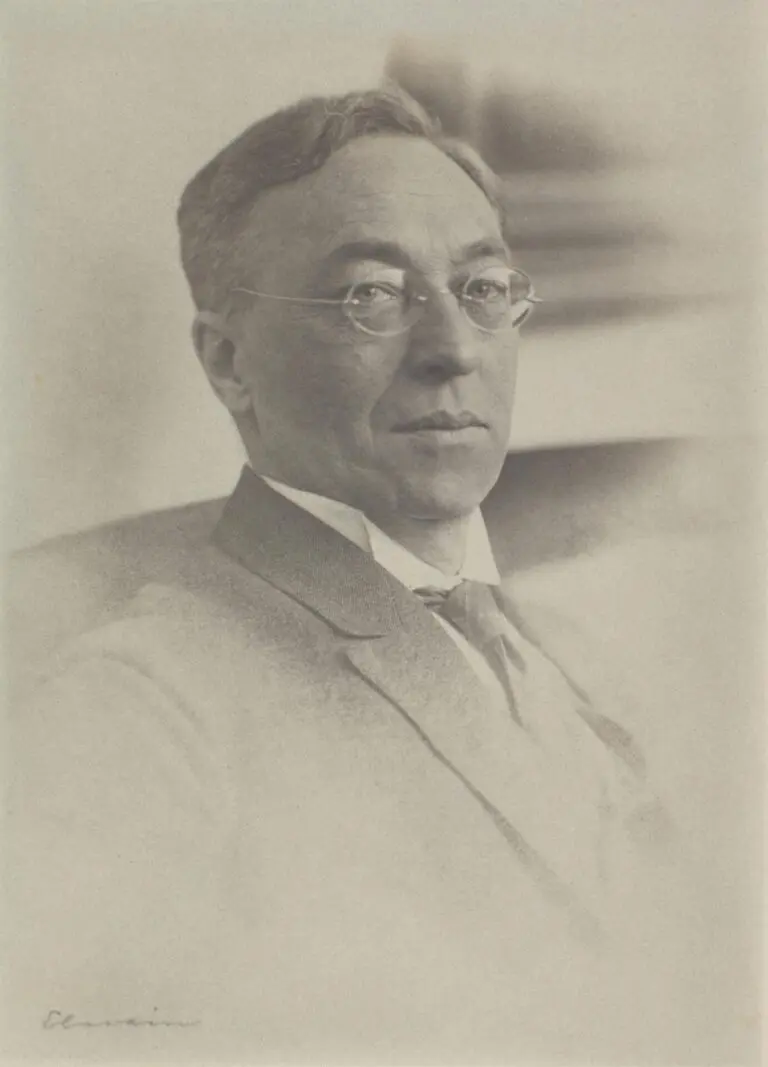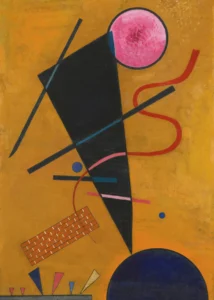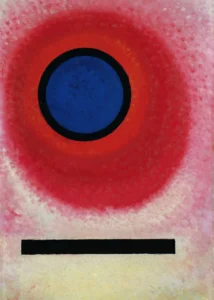Several Circles (1926)
Created in 1926, Several Circles by Wassily Kandinsky is a striking oil painting that explores geometric abstraction through its vivid colors and varied circle forms. Each circle, surrounded by ethereal halos, floats against a cloud-like backdrop, showcasing Kandinsky's fascination with spatial dynamics and the emotional power of color. This work is a hallmark of his innovative approach to non-objective art, marking a peak in his creative exploration at the Bauhaus.
1926
About the Artwork
The creation of Several Circles coincided with Kandinsky's tenure at the Bauhaus, where he deeply engaged with the pedagogical and theoretical advancements of the era. His commitment to exploring the relationship between colors and forms led to a series of works punctuated by circles, a symbol he often linked to the cosmos and spiritual dimensions. This painting represents a culmination of his research, fusing his artistic intuition with geometric precision, inviting viewers to perceive an abstract reality that transcends traditional representation.
Did You Know
Several Circles captures Kandinsky’s belief in the circle as a powerful spiritual symbol, representing the cosmos and the infinite nature of art and perception.
Created during his tenure at the Bauhaus, this work embodies the school’s principles of merging art with industry and education, influencing modern design and abstraction.
Kandinsky is celebrated as one of the pioneers of non-objective art, and Several Circles stands as a defining example of his innovative approach to abstraction and color theory.




